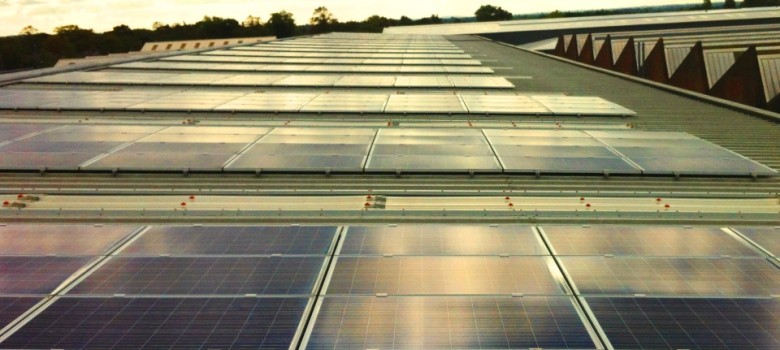
If you are a company looking to benefit from the feed in tariffs, there are a few prerequisites that you need to meet. And just like a domestic property, you will need a valid EPC to get the payment.
What is different for a business claiming the Feed In Tariff?
There aren’t really any distinctions made for businesses applying for the tariff, but there are several points that are more likely to apply to a business over a residential application:
-You will need a commercial EPC rather than a domestic EPC if you are getting the panels on a business property.
-The rates paid as part of the generation tariff decrease with larger systems, which generally doesn’t affect small residential systems.
-Businesses with multiple installations at various sites may receive a reduced rate.
What is a commercial EPC?
A commercial EPC is a certificate issued against a non-domestic property, giving the property an energy rating and an outline of energy efficiency improvements that could be carried out, as highlighted in the recommendation report. The cost of the EPC will vary depending on the type and size of the property, and they are a little different and generally more expensive than a domestic EPC. You can find out all about commercial EPCs here.
 How much Feed in Tariff will you get?
How much Feed in Tariff will you get?
A commercial property is more likely to have a larger PV or wind system than a domestic property – for a couple of good reasons: the property will often be larger and have bigger roof space (although not always) and it will often require more energy than a domestic property, especially during daylight hours when PV is most effective.
Imagine a store with rows of large freezers running all day long, and fluorescent lighting on all day because the daylight is insufficient. That is a lot more energy use than an average house, especially during daylight hours when many people are out and not at home. It means that solar PV is a great option for business, and large systems, where possible, will provide excellent returns.
Here is the table with the various rates depending on the size of system:
| Tech Type | Installation Size | Standard FiT rate (p/kWh) | *Lower FiT rate (p/kWh) | Export Tariff (p/kWh) |
| Solar PV | Under 4kW | 14.38 | 6.38 | 4.64 |
| Solar PV | 4kW – 10kW | 13.03 | 6.38 | 4.64 |
| Solar PV | 10kW – 50kW | 12.13 | 6.38 | 4.64 |
| Solar PV | 50kW – 150kW | 10.34 | 6.38 | 4.64 |
| Solar PV | 150kW – 250kW | 9.89 | 6.38 | 4.64 |
| Solar PV | 250kW – 5MW | 6.38 | 6.38 | 4.64 |
| Wind | 100kW or less | 16.00 | N/A | 4.64 |
| Wind | 100kW – 500kW | 13.34 | N/A | 4.64 |
| Wind | 500kW – 1.5MW | 7.24 | N/A | 4.64 |
| Wind | 1.5MW + | 3.07 | N/A | 4.64 |
Just like with domestic properties, you will need a D rating or higher on your EPC to get the standard FiT rate. If your EPC is lower, you will only get the lower rate (shown in the table above). This is not applicable for wind turbines.
As you can see from the table, the rates go down appreciably with larger systems, but they are very large systems. You need about 4 panels to generate a kW of power, so anything over a 16 panel system is likely to fall in to the 4-10kW range. You would need 40 meter square panels to get up to a 10kW system, at a cost of around £15,000 or more, so chances are most business will fall into the 2 lower tiers, unless you have some serious roof space.
Does solar pv make sense for business?
Solar pays back within 8-10 years of installation, which usually falls within the period businesses would consider worthwhile. For some businesses who would use close to 100% of the energy generated (I.e. those with high base loads during daylight hours such as offices and shops), the payback may be even quicker. Unfortunately, the feed in tariff is paid over 20 years, for both residential properties and business – which most businesses don’t tend to budget for. There are plenty of businesses that will benefit however, so give us a call and see if it is worth getting solar pv for your business.
Think we missed something? Do you have a different opinion?
Comment below to get your voice heard…













No Comments yet! Be the first one.